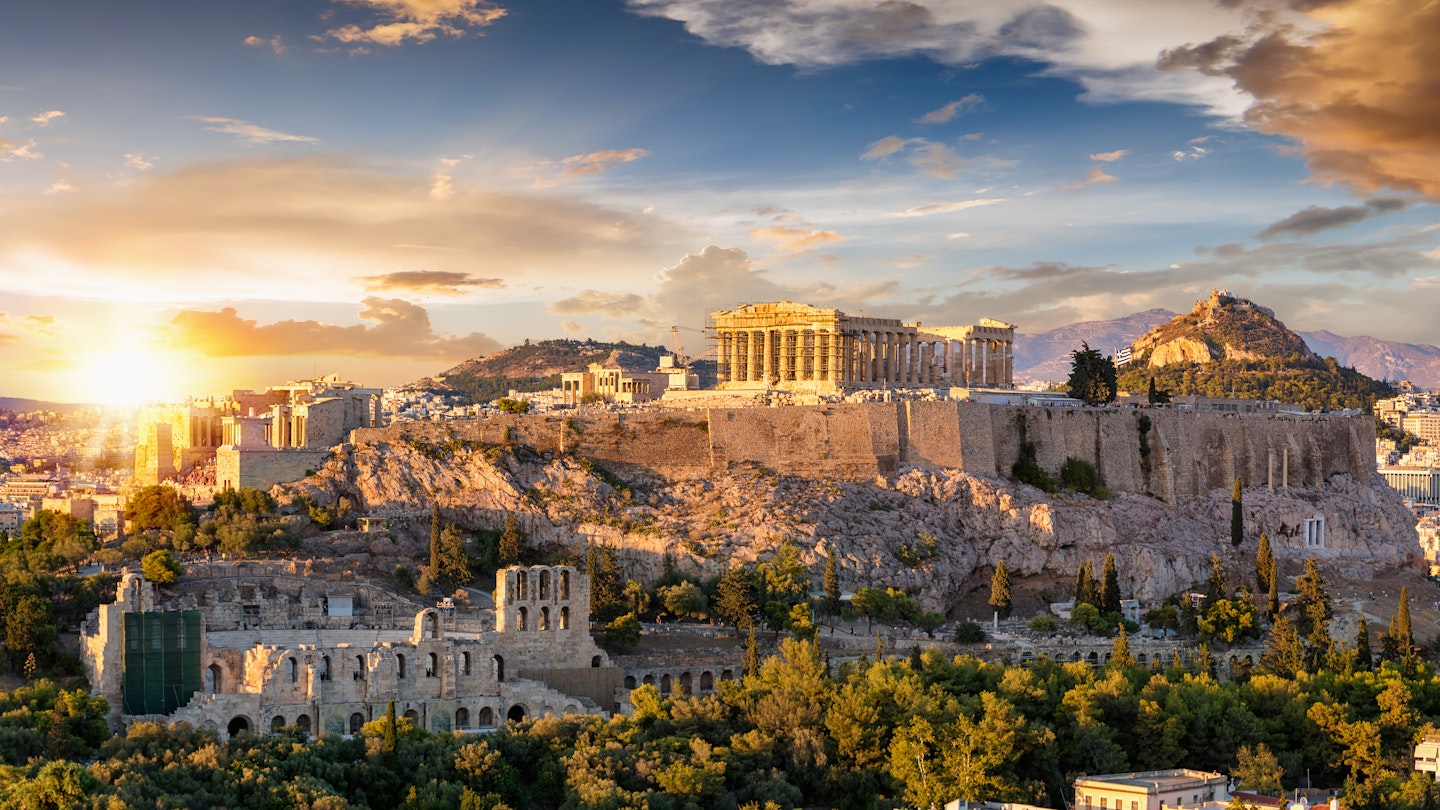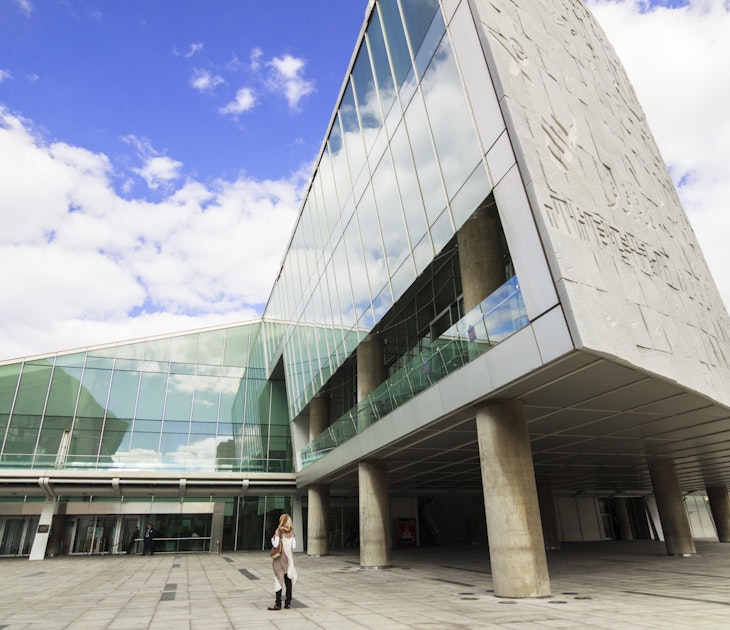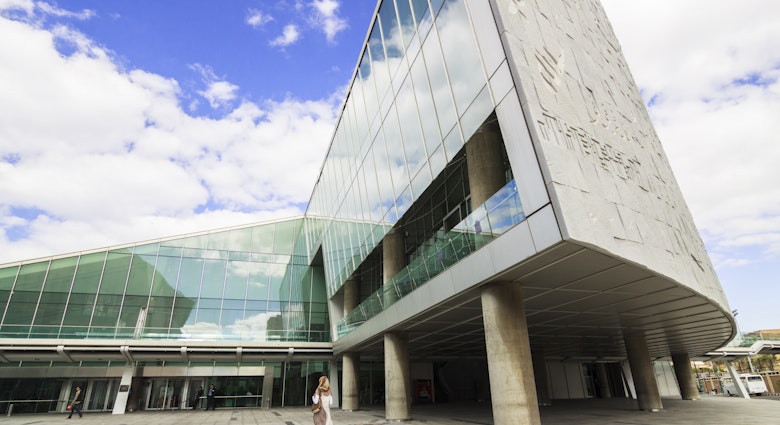Every big city has its invisible side – sites and locales that bear the mark of history but are hidden in the modern cityscape. Athens, with its long, tumultuous history, is one such city, a destination with unknown corners and untold stories. And of course, there are contemporary joints that cater to insiders and locals.
Let’s uncover some of Athens' deepest secrets, revealing hidden treasures and legendary tales – some unknown even to locals.
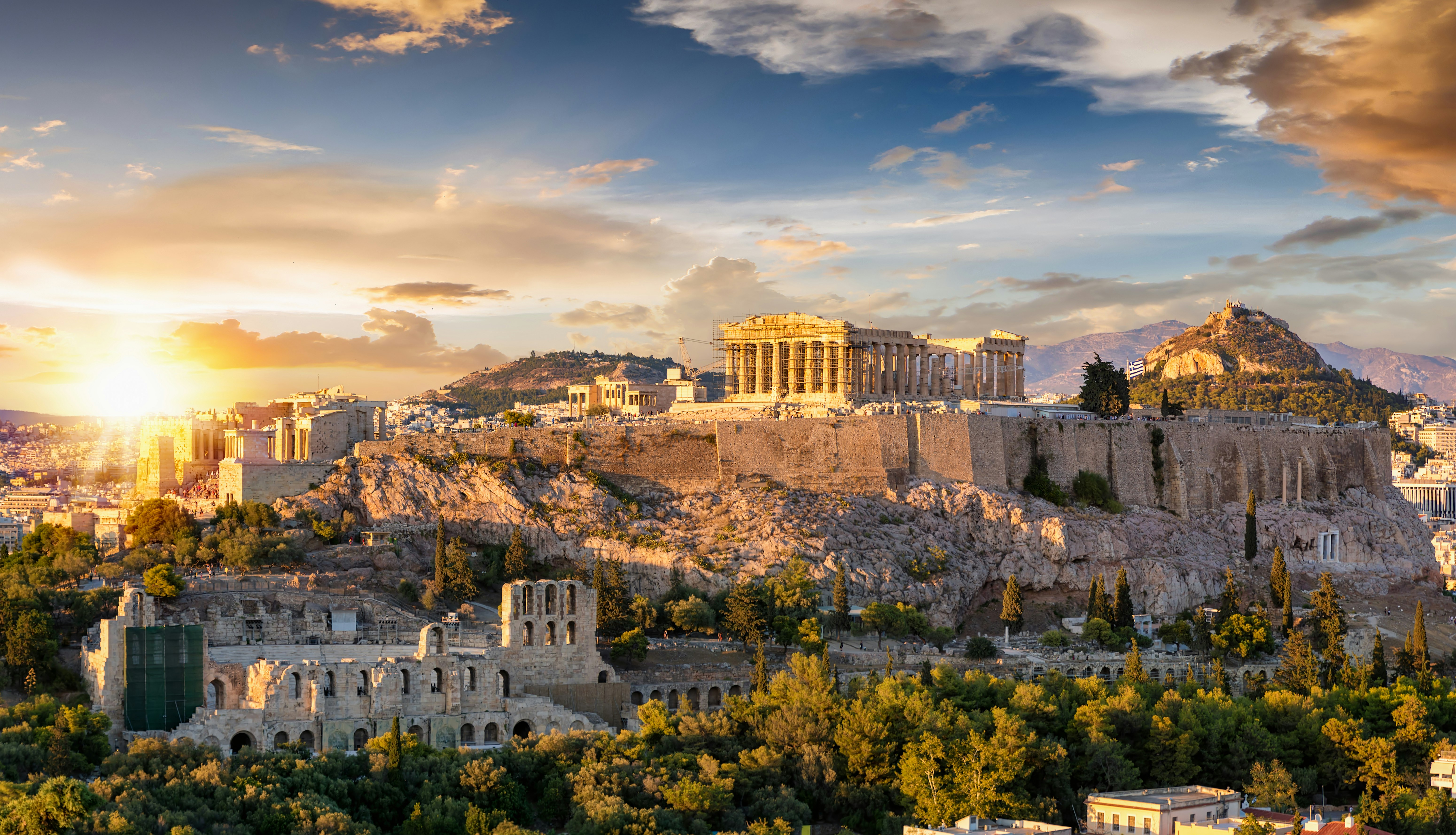
Secret history in Athens
Temple of Artemis Agrotera
On 24 Ardittou str. if you climb a few steps from the street level and peep over the metal fence, you’ll get a glimpse of the ruins of the Temple of Artemis Agrotera, the goddess of the hunt, dating back to the 5th century BC. Sadly, this important archaeological site has been abandoned, as it is entangled in a legal dispute concerning the land ownership. Archaeologists are pushing for the issue to be resolved as they insist that the site forms an archaeological unity with the neighbouring magnificent Temple of Olympian Zeus.
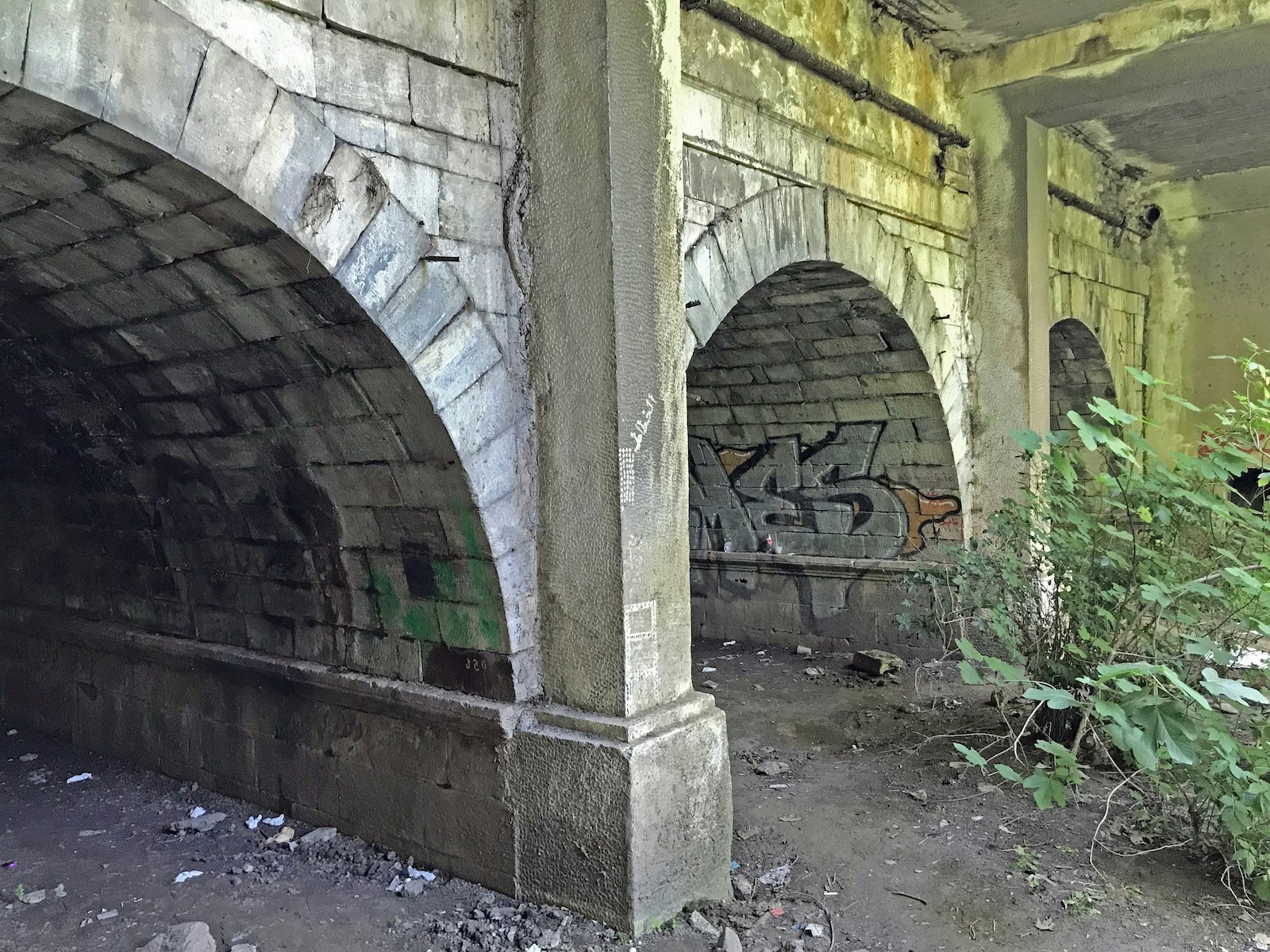
Otto’s bridge
Across the street from the Artemis temple, but well-hidden as it is virtually buried under concrete and unmarked, there is a three-arched stone bridge dating back to the days of Otto, the first King of Greece (1832-1862). The bridge is located on the intersection of Ardittou and Athanasiou Diakou str. where the only stretch of the ancient river Ilissos' bank is still visible abovegound. Just look for the steps towards the Temple of Olympian Zeus and climb down into the greenery.
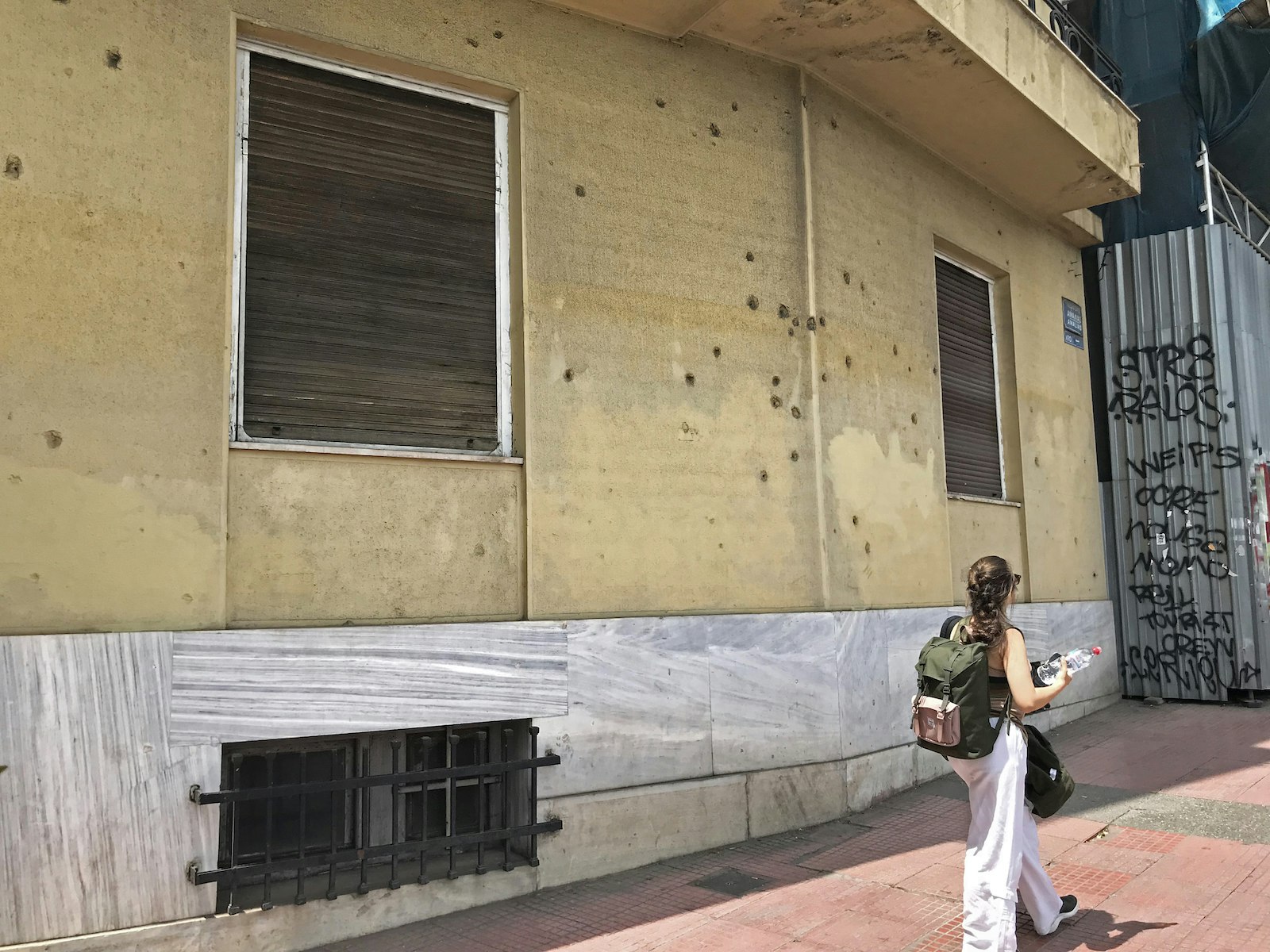
Bullet marks from the Greek Civil War
Not many passers-by realise it, but the holes on the wall of the building across the street from the Arch of Hadrian, at 42 Amalias Av. are bullet marks dating back to the devastating Greek Civil War that started in December 1944 and lasted until 1949, inflicting untold pain upon the country. The bullet marks are kept as a grim reminder of this darkest period of modern Greece.
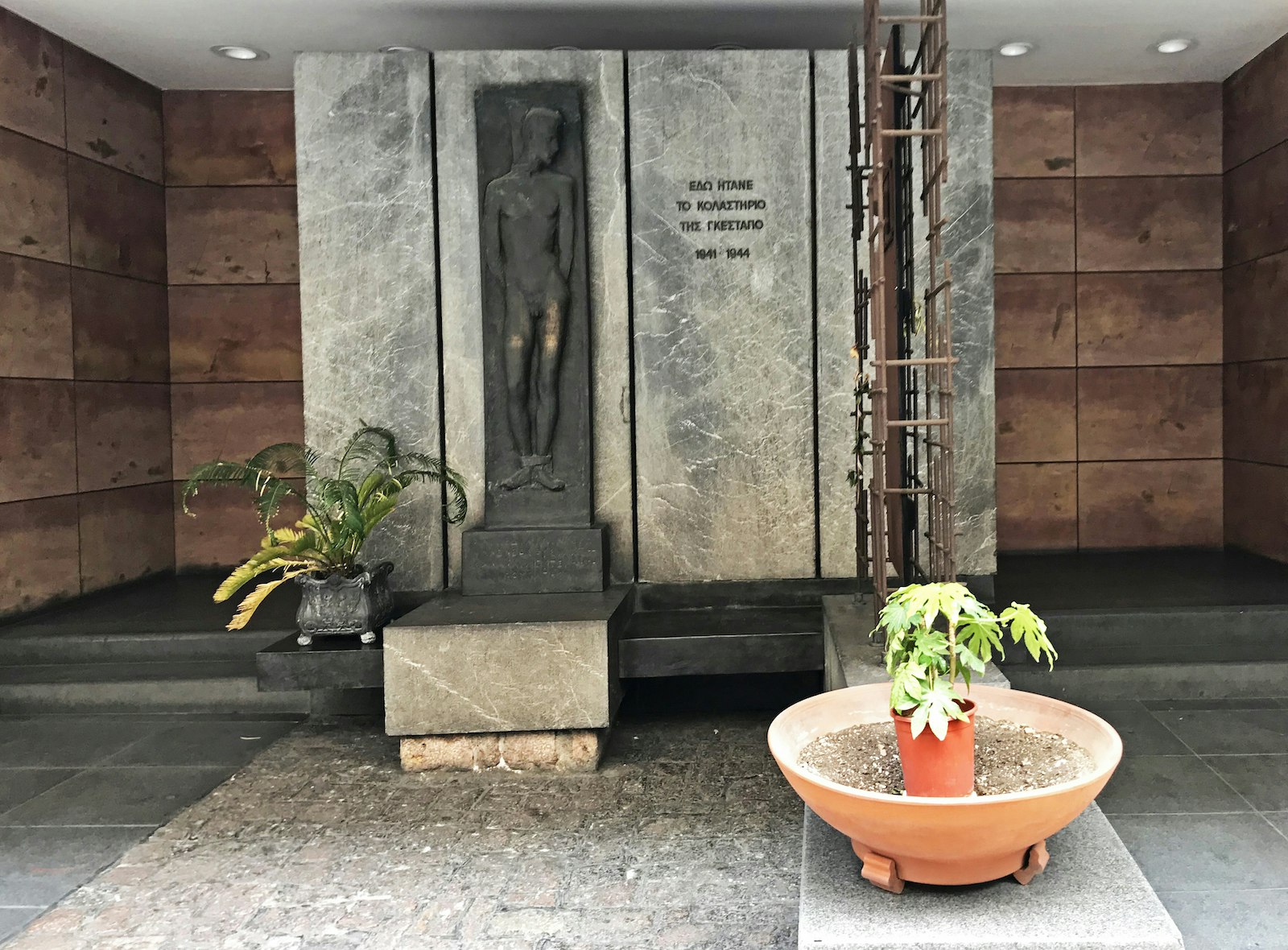
Former Gestapo local headquarters
The building on 6 Merlin str., a department store these days, is marked by a memorial at its entrance. The building was the Gestapo local headquarters during the occupation of Greece in WWII. Thousands of resistance fighters were taken there after their arrest and tortured to provide information about the movement, before they were moved to camps to be imprisoned or executed. It is estimated that a few hundred died inside the building.
4 Korai str. was a very modern building at the time of its construction, purpose-built for the Ethniki Insurance Company just before WWII broke out. One of the requirements was the construction of bomb shelters in its basements. During the occupation the building was requisitioned by the Nazis and the shelters were used as a detention centre. The site has been conserved by Ethniki and is open to the public daily 9am – 2pm except Sun, Mon.
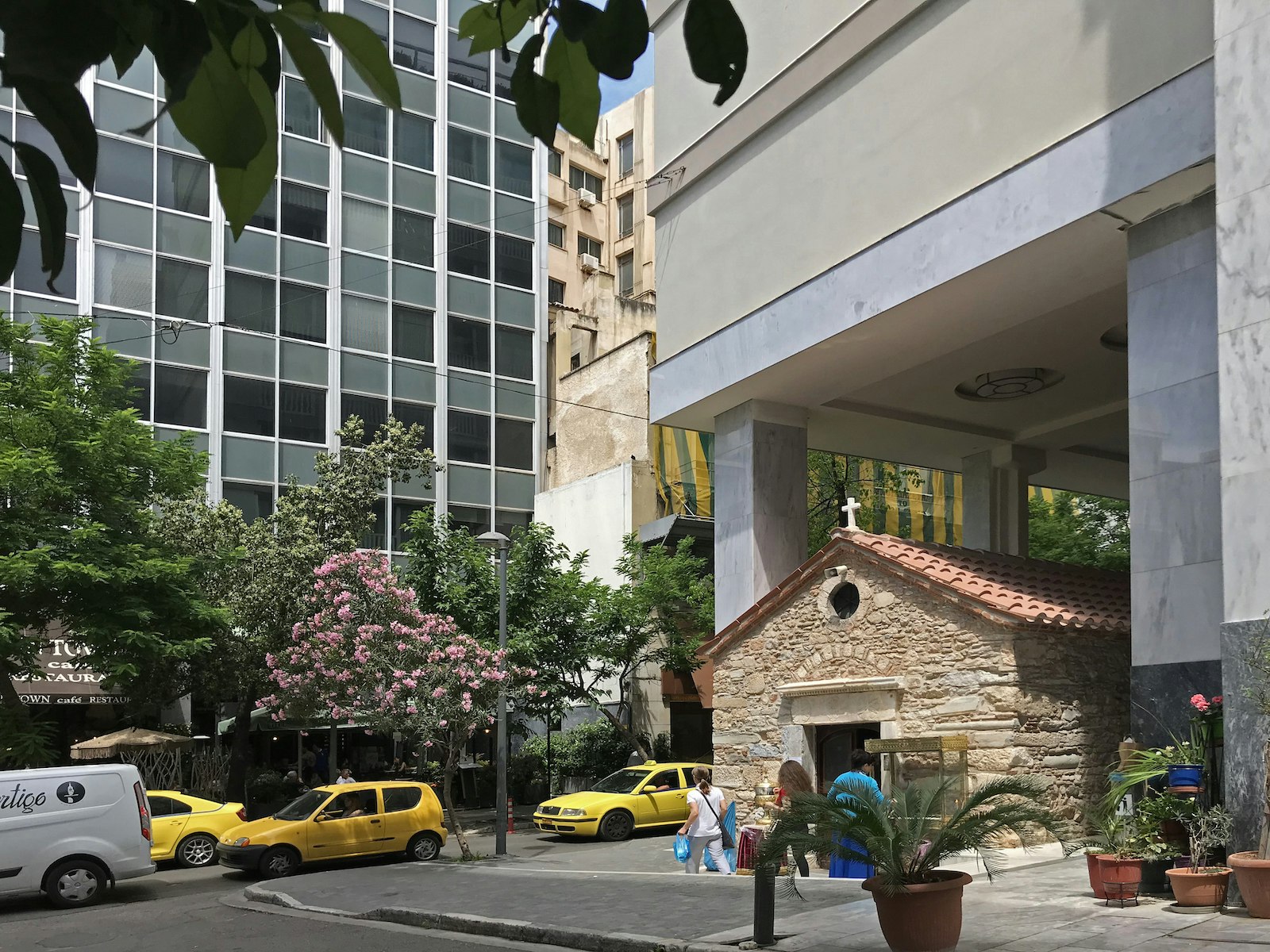
Treasures hidden underground
The tunnel beneath Agia Dynami
Agia Dynami on 15 Mitropoleos str. is a Byzantine-era church surrounded by a modern hotel building that once housed the Ministry of Education. The little chapel, which is dedicated to expectant mothers (dynami means "strength"), was constructed, like many Christian churches, on the ancient ruins of the temple of Hercules. Under its altar there is a tunnel through which ammunition was smuggled to be used by the fighters against the Ottomans during the Greek War of Independence.
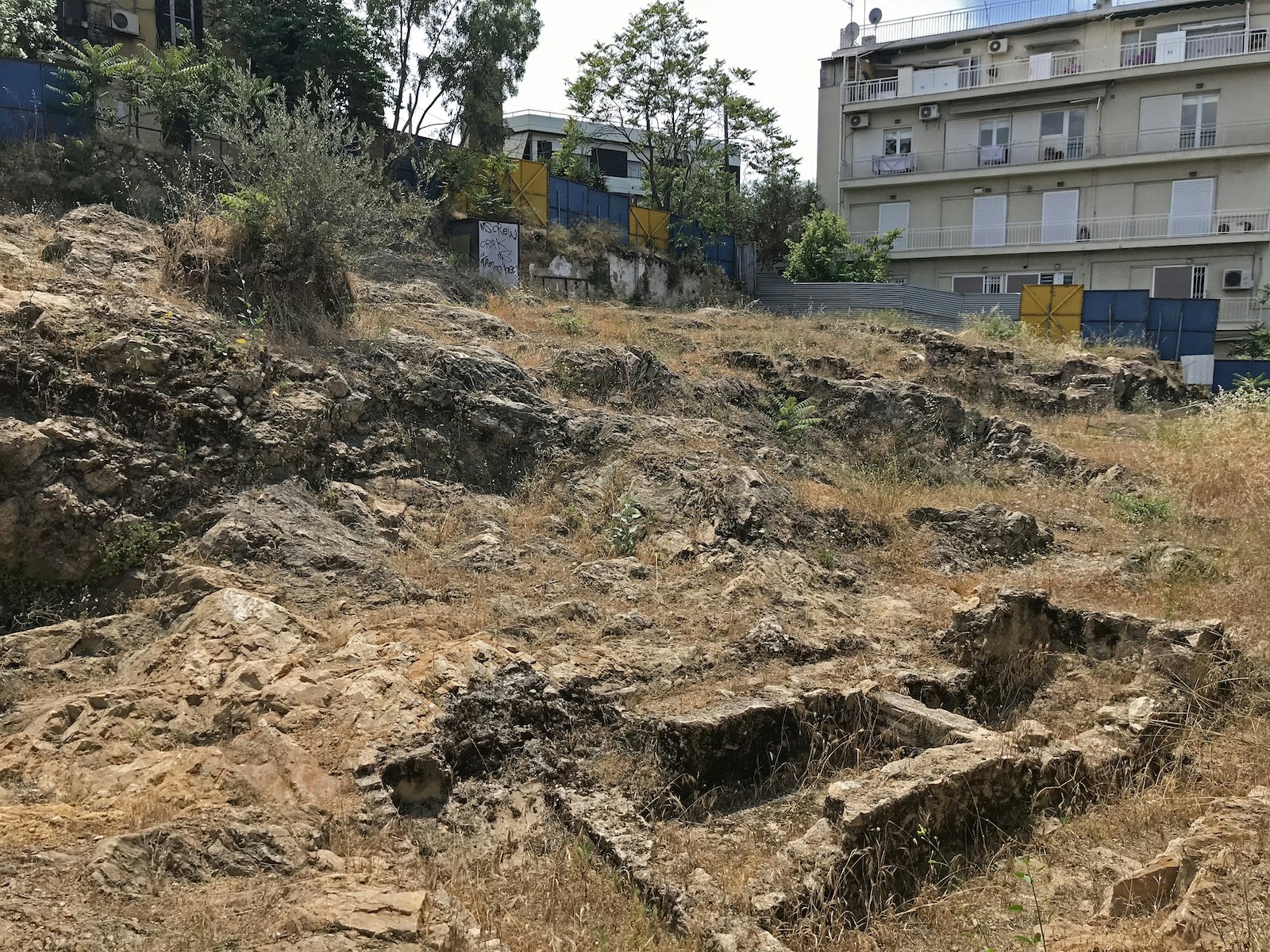
The underground treasury at the Bank of Greece
Most city dwellers admire the large stern building on 21 Panepistimiou str. that has housed the headquarters of the Bank of Greece since 1938, but few notice the glass bricks on the pavement that let light into the bank’s underground treasury, home to the country’s gold reserves. Very few people have ever entered this vault, and there are no images of its interior for security reasons.
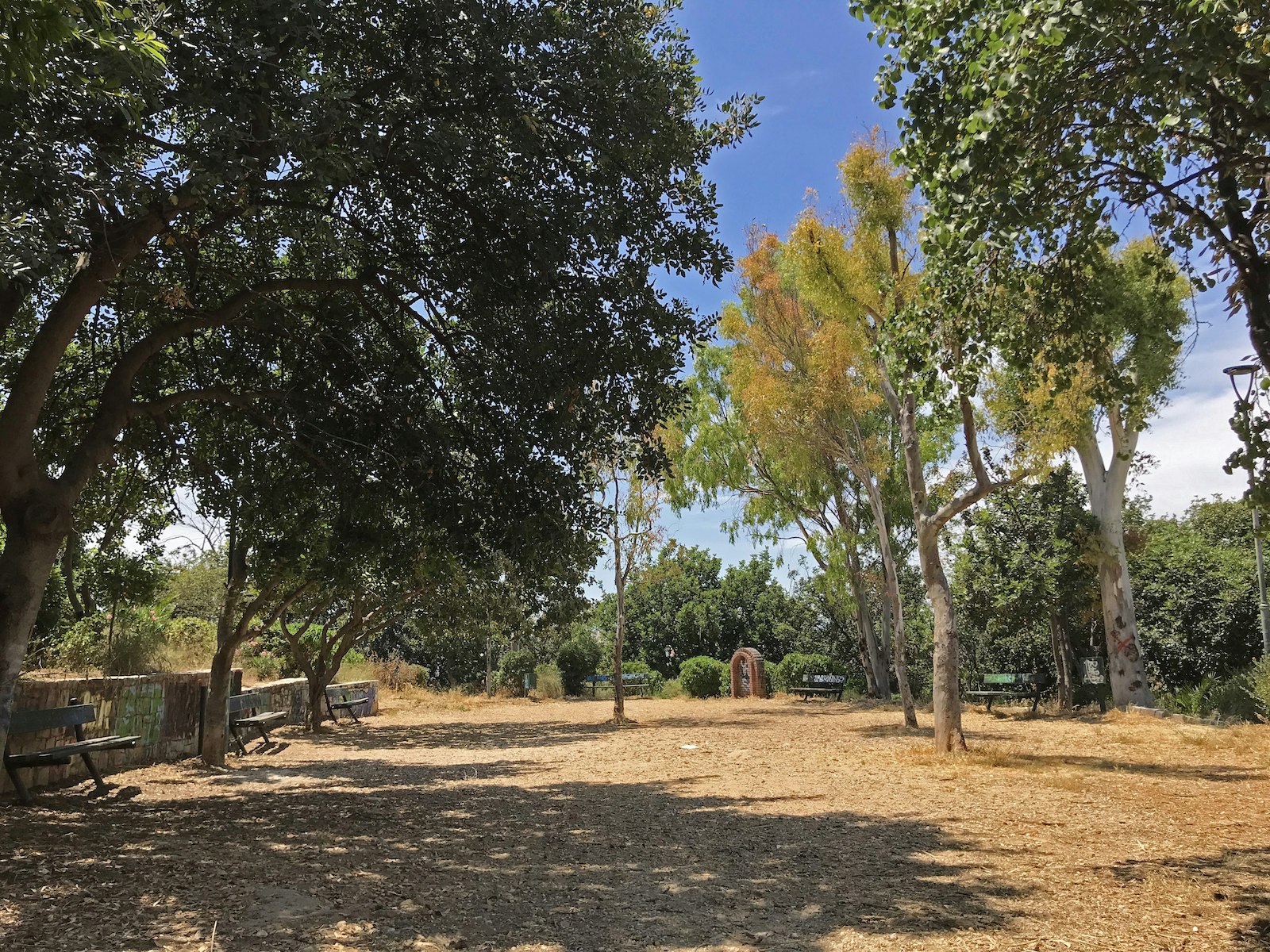
Where to explore the city's legends
Haunted Logginou Park
Most famous Greeks are buried in the 1st cemetery of Athens, a virtual open-air museum with countless statues adorning the famous graves. Adjacent to the cemetery lies the (Saint) Logginou Park, a small grove which, according to popular legend, is haunted by the soldiers who were allegedly found buried there after the war. There are claims of strange occurrences and bad energy, creating a self-fulfilling prophesy which results in the place being deserted most of the time, even during the day. A children’s playground on the premises, with a view to the graves of the cemetery, contributes to the eerie atmosphere.
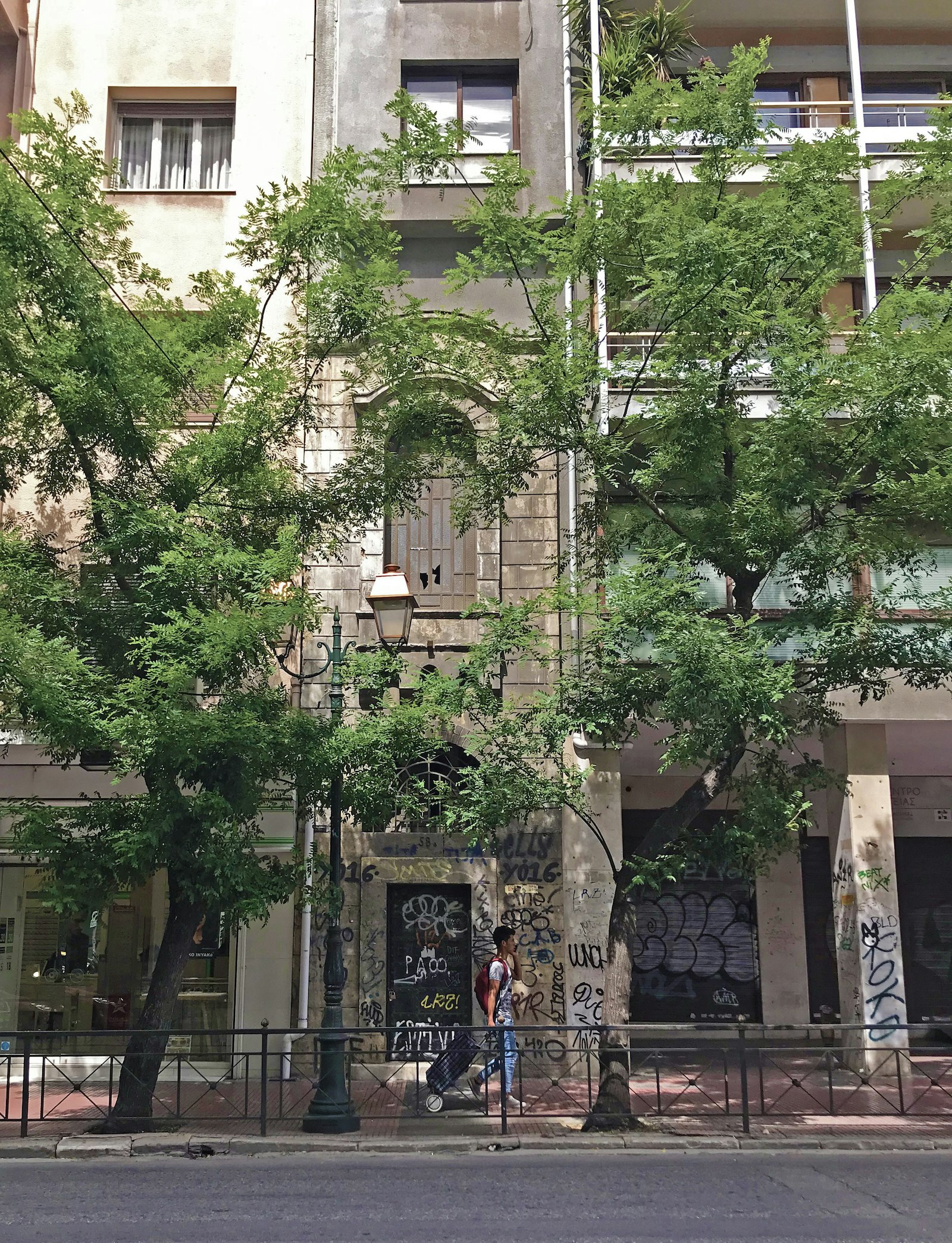
Rumoured rituals at the Akadimias 58 building
One of the narrowest facades in Athens, this is actually an annex of a listed property on the adjoining Mavromichali str. that used to be the residence of Ernst Ziller, a German architect that shaped the neoclassical character of Athens in the turn of 19th century. The building is surrounded by mystery and myth, which was for decades amplified by a metal ornamental dragon hanging above its door. The sculpture was removed in the 90s, after stories circulated in the media that the building was connected to satanic rituals.
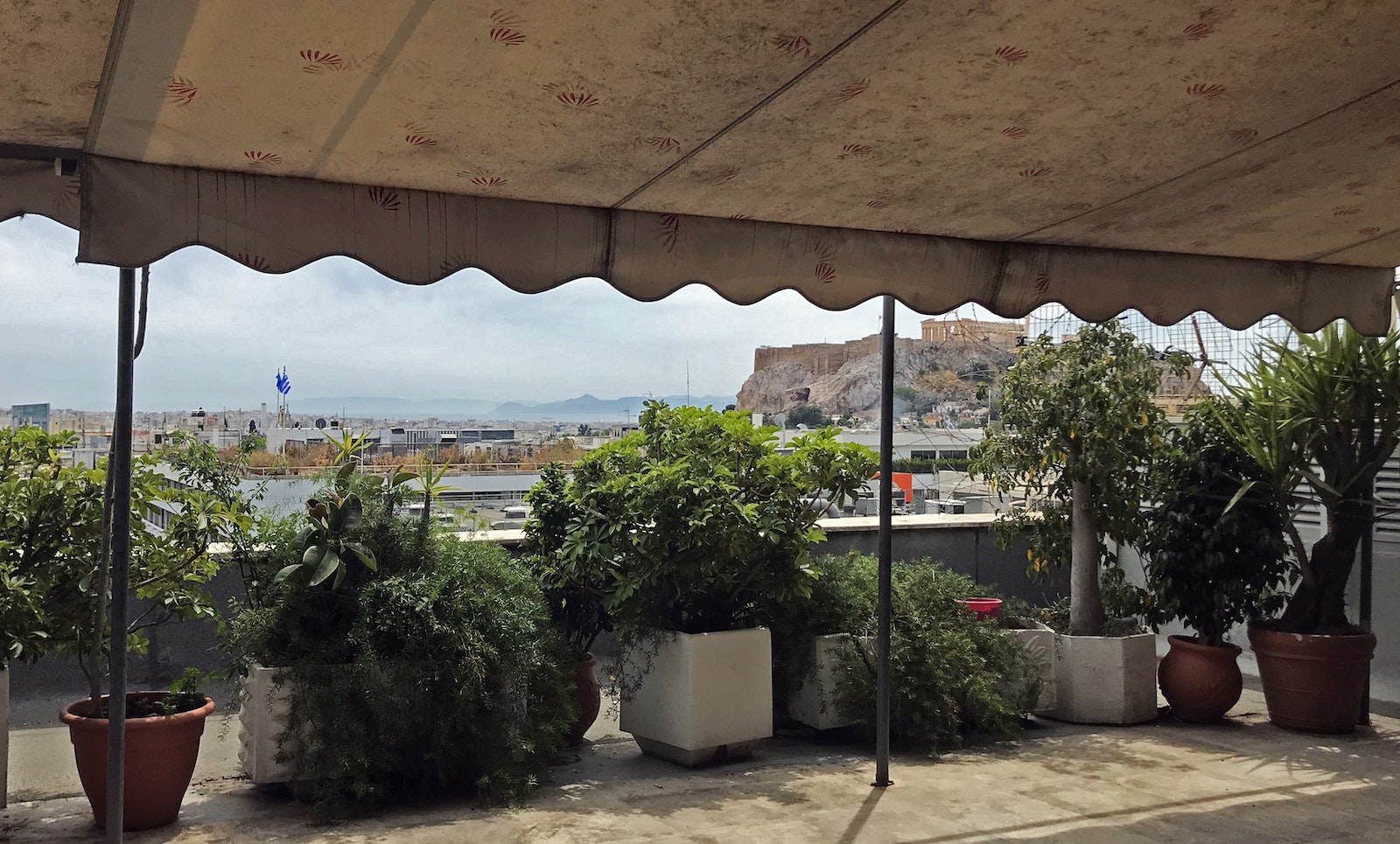
How to explore modern treasures
The Syntagma sq. canteen
There’s no mystery about this humble canteen except, unless you are tipped off, it is impossible to find – although it’s right on Syntagma Square. The reason is simple: it’s located on the 9th floor of the office building on 2 Kargeorgi Servias St., catering to the building workers for the last four decades. However, the fame of its simple three-items-menu has gone beyond the walls of the building, and Athenians in the know gather there daily (weekdays 10am – 6pm) to enjoy its delicious potato omelette and tomato salad and meatballs, with a direct view of the Acropolis rock to boot.
Batman bar
An institution of Athenian nightlife, Batman is a small bar tucked in a narrow street in the residential neighbourhood of Neos Kosmos that comes alive and gets packed after midnight. Night owls, lonely souls and punters of every walk of life arrive when the rest of the city sleeps, to drink and listen to Greek retro music. Be prepared to stand very close to others, especially on weekends, and come only if a thick cigarette smoke cloud won't ruin your night.
Check out adventure tours for every traveller from our trusted partners.
